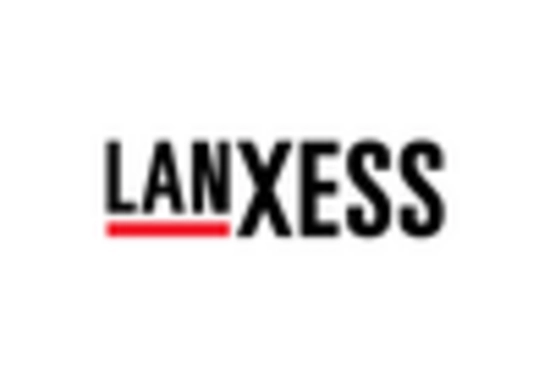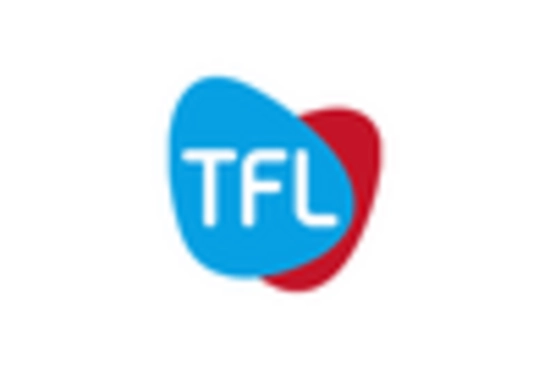Market Share
Leather Chemicals Market Share Analysis
Market share positioning strategies in the Leather Chemicals Market can significantly impact a company's success and competitiveness. Here's a breakdown of key strategies used by companies in this market:
Product Differentiation:
Companies strive to differentiate their leather chemicals based on unique features, such as enhanced performance, environmental sustainability, or cost-effectiveness. Developing innovative formulations or introducing specialized chemicals for specific leather types can help companies stand out. Target Market Segmentation:
Understanding diverse customer needs and preferences allows companies to tailor their products to different market segments. Segmenting the market based on factors like leather type (e.g., cowhide, sheepskin) or end-use industries (e.g., automotive, fashion) helps in better targeting and customization. Geographical Expansion:
Expanding into new geographical regions helps companies tap into emerging markets and diversify their customer base. Identifying regions with growing leather industries or where demand for high-quality leather is increasing enables strategic expansion efforts. Strategic Partnerships and Alliances:
Collaborating with suppliers, distributors, or industry associations can provide access to new markets, technologies, or resources. Forming strategic alliances with tanneries or leather manufacturers can ensure a steady demand for specific chemicals and foster long-term partnerships. Brand Building and Marketing:
Investing in brand building activities and effective marketing campaigns helps create brand awareness and establish credibility in the market. Highlighting product benefits, certifications, and endorsements through various channels like trade shows, digital platforms, and industry publications enhances visibility and attracts customers. Cost Leadership:
Adopting cost-effective production processes, optimizing supply chain management, and negotiating favorable supplier contracts enable companies to offer competitive pricing. Implementing lean manufacturing practices and investing in research and development for cost-efficient formulations contribute to maintaining a competitive edge. Customer Relationship Management (CRM):
Building strong relationships with customers through personalized interactions, prompt customer support, and after-sales services fosters loyalty and repeat business. Gathering feedback and incorporating customer suggestions for product improvements or customizations enhances customer satisfaction and retention. Focus on Quality and Compliance:
Ensuring product quality and compliance with industry standards and regulations is paramount for maintaining market credibility and gaining customer trust. Obtaining certifications like ISO or complying with environmental regulations demonstrates commitment to quality, safety, and sustainability. Market Penetration Strategies:
Offering introductory pricing, discounts, or promotional offers encourages trial purchases and attracts price-sensitive customers. Penetrating untapped market segments or niches through aggressive marketing and distribution efforts helps capture market share from competitors. Continuous Innovation and Adaptation:
Staying abreast of market trends, technological advancements, and changing customer preferences enables companies to adapt their products and strategies accordingly. Investing in research and development to introduce new, improved formulations or sustainable alternatives keeps companies ahead of the competition.

















Leave a Comment